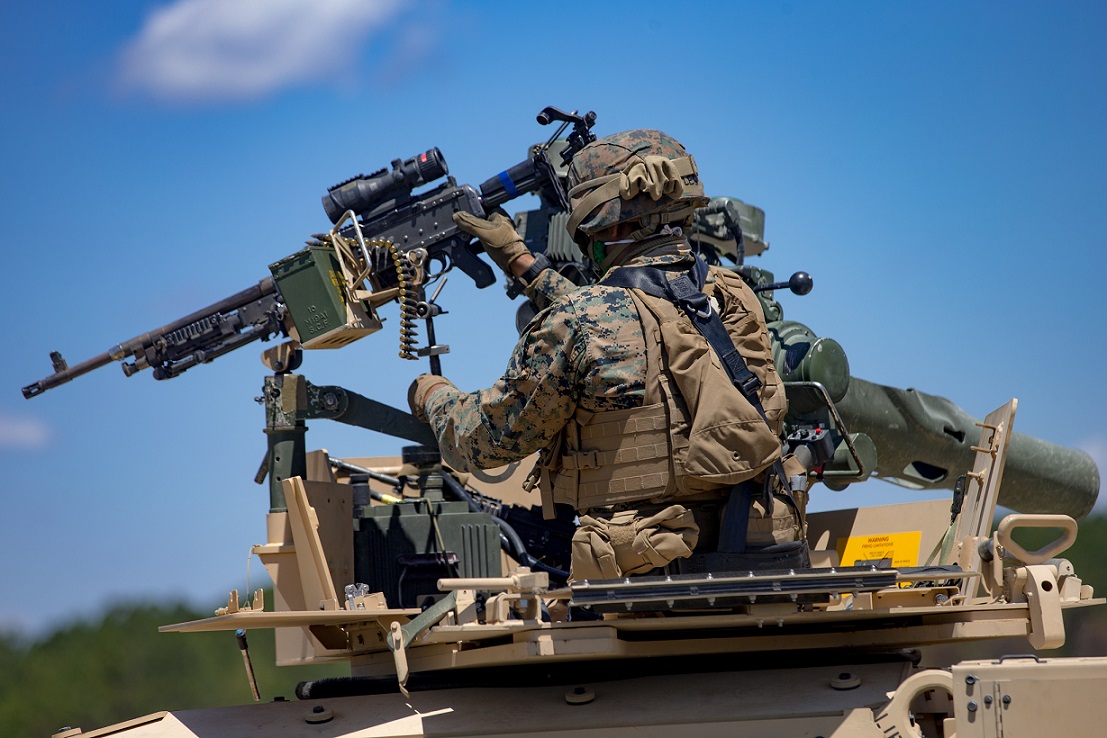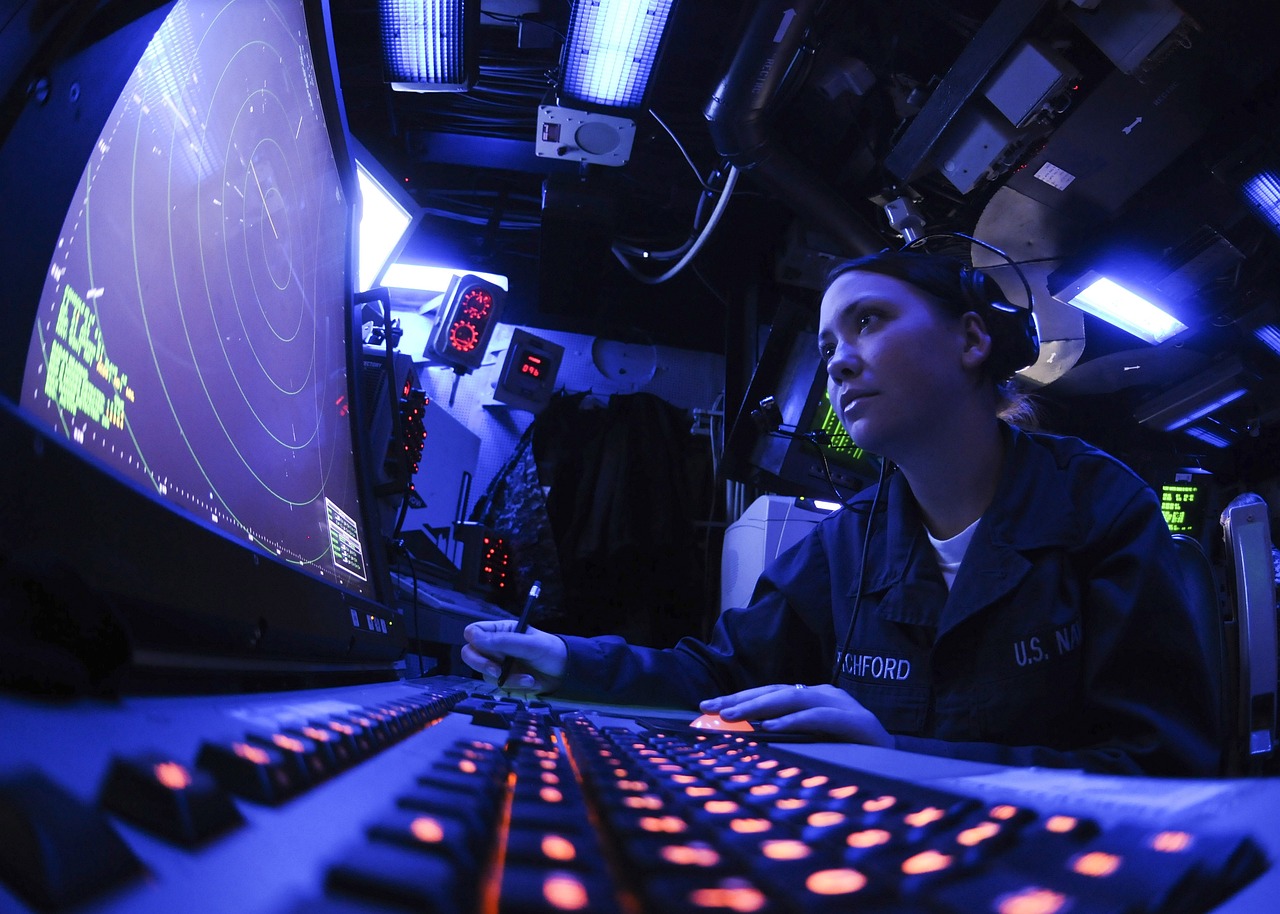This post is also available in:
 עברית (Hebrew)
עברית (Hebrew)
“Today’s robot’s primary limitation is power, strength and versatility. They can perform limited tasks for a certain amount of time. But it’s not really on the order of magnitude that an organism can do the same thing,” claims Dean Culver, an Army Research Laboratory research scientist. “We still don’t have robots that can go into an unknown space and adapt to what they sense. These are all ultimately problems that we feel that either a bio-hybrid or a bioinspired engineering design can tackle.”
This is the reason why the US Army is interested in developing a robot with living, organic muscles to build robots that may be able to gain the agility and versatility of living creatures. The ARL’s Combat Capabilities Development Command has teamed up with universities in North Carolina to develop studies in bio-hybrid robotics in order to fuse living tissue with cold metal.
Prepared to dive into the world of futuristic technology? Attend INNOTECH 2022, the international convention and exhibition for cyber, HLS and innovation at Expo, Tel Aviv, on November 2nd – 3rd
Interested in sponsoring / a display booth at the 2022 INNOTECH exhibition? Click here for details!
According to federalnewsnetwork.com, the ARL wants to grow tissue in a lab and then connect it between linkages in a robot’s joints. This technology could allow robots to adapt faster to terrains instead of relying on the static joints made of synthetic materials.The muscles can come from any animal depending on what the Army needs. The first applications of biohybrid robots will focus on the legged platforms. Right now, the Army has a Legged Locomotion and Movement Adaptation research platform that serves as a perfect example for the type of robot the service could work on.
ARL is currently finding more partners for the projects. “At the moment, we have a great theoretical basis for what we’re trying to do,” Culver said. “Some of the tools that we want to use to improve the design of muscle tissue for use in robots have been tested on lots of other proteins and molecules, and they’re proven to be effective. What we really need now is some time and support to get these tools directed at the molecules relevant in muscles. There’s a lot of learning to do before we produce prototypes.”
Until then the Army will continue using robots for smaller tasks. For example, Boston Dynamics and the military have made great strides in using robots with bomb diffusion and intelligence gathering.
Prepared to dive into the world of futuristic technology? Attend INNOTECH 2022, the international convention and exhibition for cyber, HLS and innovation at Expo, Tel Aviv, on November 2nd – 3rd
Interested in sponsoring / a display booth at the 2022 INNOTECH exhibition? Click here for details!























